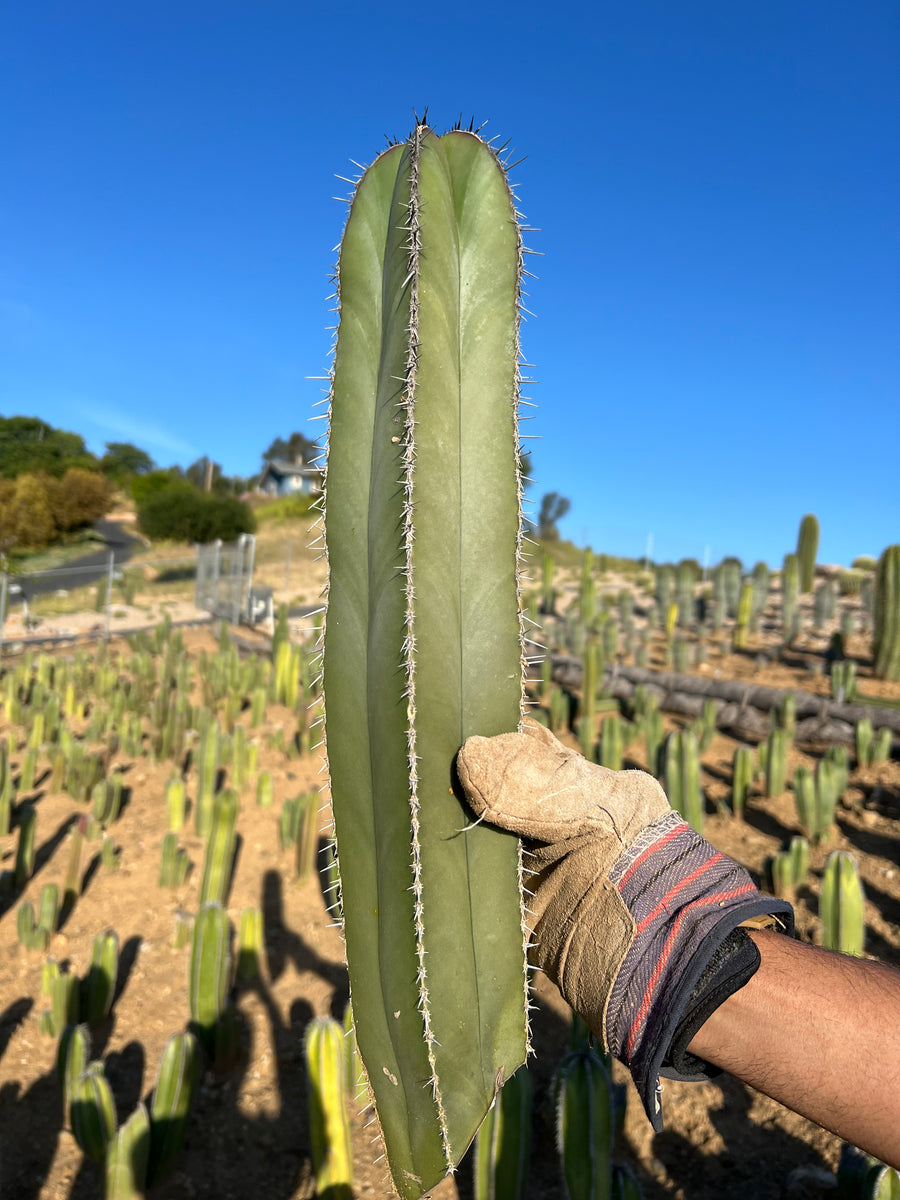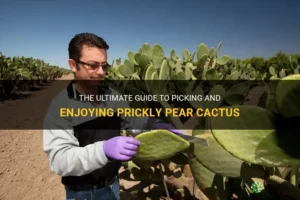The Mexican Fence Post Cactus, scientifically known as Pachycereus marginatus, is a striking succulent that earns its name from its tall, columnar structure, reminiscent of a fence post. Native to the arid regions of Mexico, this cactus is prized for its architectural form and unique beauty. However, like many botanical specimens, it is not immune to a variety of problems that can hinder its growth and vitality. Understanding these issues and their solutions will not only help your cactus thrive but also shift your perspective on cactus care and maintenance.
In this exploration, we will delve into the common problems faced by the Mexican Fence Post Cactus and provide actionable strategies to resolve them. A keen understanding of plant care can transform your gardening experience, enhancing your appreciation for this magnificent species.
Stress Signals: Identifying the Main Issues
The first step in addressing any cactus ailment is recognizing the symptoms. Mexican Fence Post Cacti may exhibit a range of stress signals that indicate underlying issues, be it environmental or biological. Here are a few prominent problems to watch for:
1. **Yellowing and Wilting**: A cactus turning yellow typically signals overwatering. When the roots become waterlogged, they struggle to assimilate nutrients, resulting in a faded appearance and loss of rigidity.
2. **Pest Infestation**: Small pests can wreak havoc on your cactus. Mealybugs and spider mites are notorious for feeding on the plant’s sap, leading to decrepit foliage and discoloration.
3. **Fungal Infections**: Black spots or a cottony substance may point to fungal infections, often provoked by excessive moisture and lack of air circulation.
By being vigilant and observant of these stress indicators, you can preemptively address potential issues before they culminate in irreparable damage.
Root of the Matter: Diagnosing Overwatering Issues
Overwatering is arguably the most prevalent problem when cultivating the Mexican Fence Post Cactus. This succulent is adapted to survive within arid ecosystems, thus requiring minimal water. Understanding its water needs is fundamental to cultivating a durable plant.
**Solutions to Overwatering**
If you suspect that overwatering is at fault, a few strategic measures can make a significant difference:
– **Assessment of Soil**: First, investigate the soil’s drainage capabilities. Opt for a gritty soil composition, such as cactus mix combined with perlite or coarse sand, to ensure adequate drainage.
– **Adjust Watering Regimen**: Allow the soil to dry out completely between watering sessions. A deep but infrequent watering approach is optimal for this cactus species.
– **Transplanting**: If overwatering has caused root rot, consider repotting the cactus into fresh soil. Remove any damaged roots and allow the plant to dry for a few days before replanting.
The application of these strategies can rejuvenate your Mexican Fence Post Cactus, transforming it from a drooping specimen to a thriving centerpiece in your collection.
Defensive Stance: Managing Pests and Diseases
Pests and diseases can dramatically affect the health of your cactus. A proactive approach is essential in maintaining its vigor. Understanding the lifecycle of common pests is crucial for effective management.
**Tackling Pest Infestation**
1. **Manual Removal**: For minor infestations, gently remove pests using a soft brush or a cotton swab dipped in alcohol. This approach minimizes damage to your cactus while effectively reducing pest populations.
2. **Biological Control**: Introduce predators like ladybugs that devour undesirable pests. This method fosters a natural balance, keeping the population of harmful insects in check.
3. **Chemical Solutions**: As a last resort, you may opt for diluted insecticidal soap or neem oil. Ensure that you follow the product’s instructions to avoid toxicity to your cactus.
**Mitigating Fungal Issues**
1. **Maintaining Adequate Airflow**: Position your cactus in a location that offers proper air circulation and prevents excessive moisture buildup.
2. **Fungicide Treatment**: If a fungal infection is apparent, consider applying a fungicidal treatment specifically designed for cacti. This proactive measure can save your plant from further deterioration.
Maintaining these simple yet effective methodologies can enhance your cactus’s resistance to pests and diseases, enabling it to flourish in its environment.
Conclusion: Embracing the Challenge
The cultivation of the Mexican Fence Post Cactus can be an enriching experience, fraught with lessons on resilience and adaptability. By understanding and addressing common issues related to watering, pests, and diseases, you are not simply following a set of guidelines; you are learning to appreciate the delicate balance of cactus care. Embrace these challenges with curiosity and dedication, and your efforts will undoubtedly yield a vibrant, healthy cactus that stands as a testament to your gardening prowess.
With the right knowledge and approach, you can ensure that your Mexican Fence Post Cactus not only survives but thrives, becoming a living reminder of the beauty of nature’s resilience.





Leave a Comment